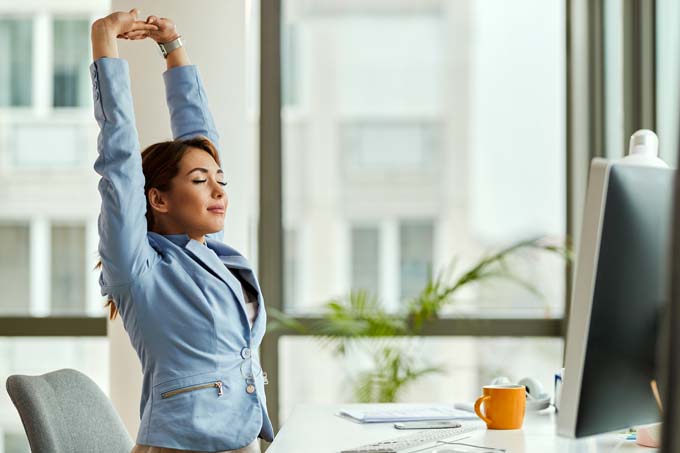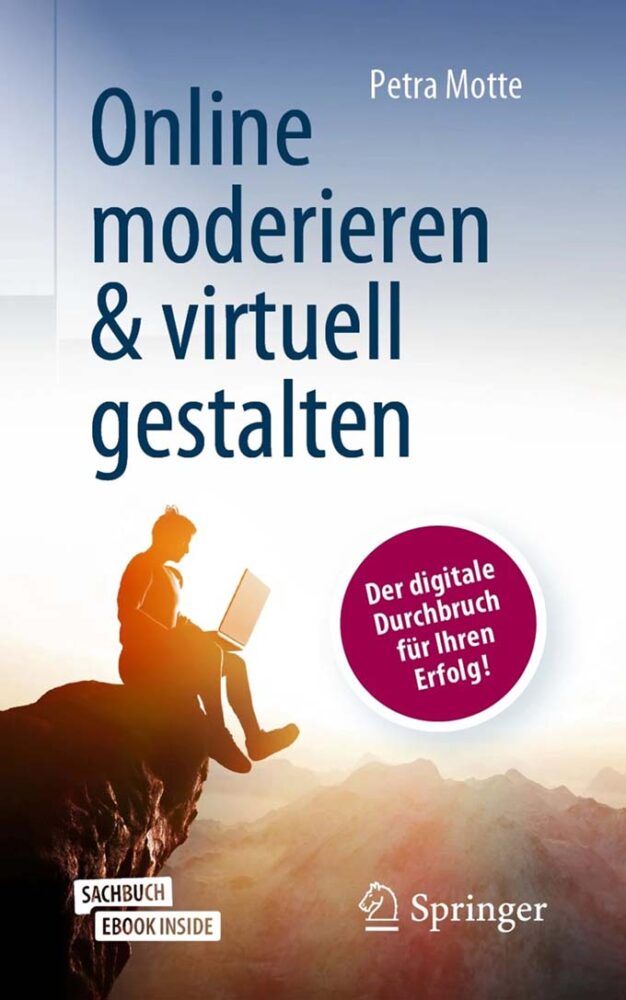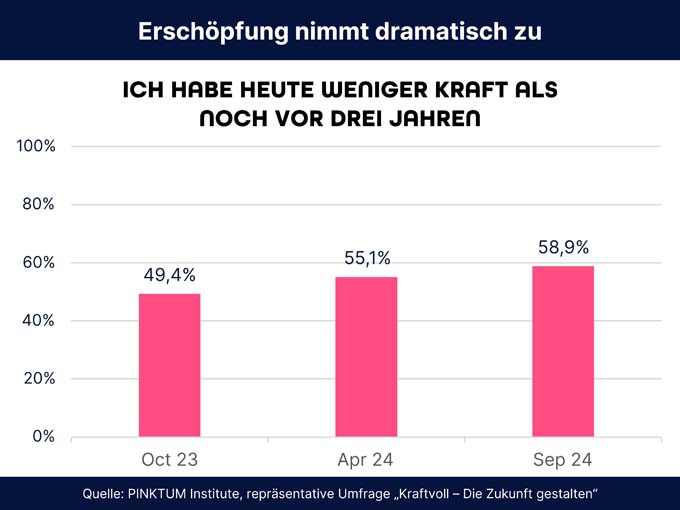Spice up virtual breaks with real exercises
In an analog office environment, you can at least get up, stretch your legs for a moment, maybe go to the kitchenette and spontaneously exchange a few words with colleagues. In the context of digital work, however, it happens very often that employees click from one virtual appointment to the next.

The calendar entries line up like in a film reel. Breaks are rarely given sufficient consideration. With coffee or tea, sweets and other snacks are "eaten" in front of the screen. One should drink a lot? So there is enough water available. In reality, said liquid often remains in its place. During intense discussions, it's not exactly a good idea to drink regularly, and after a few hours, you've faded out the water bottle anyway. Not to mention exercise!
Attention. Biological scrapping before the PC
Sitting for long periods of time shortens the hip flexors, which no longer deserve their name, as they now seem to be less responsible for bending the hips and more for supporting the entire torso. This rests compressed on the pelvis, while the slightly tilted forward posture pushes the lungs into an economy position. Due to a lack of need to make themselves felt through deep breaths, the respiratory organs withdraw more and more and silently locate themselves somewhere between the ribs. The knees are in constant flexion and form the connecting element between regressing muscle parts on the upper and lower leg. In summary, this description already reads a bit like biological scrapping.
At the same time, we are working in the hypermodern digital age, with everything that is necessary for a healthy life. But from the fact that the pulse watch counts the steps, they are not yet done. The bottle of water is not considered drunk as long as it is only next to the screen. Ultimately, all this entails many consequences. And it's not just since the advent of virtual work that more and more health aspects are being lost, whether in the office or in the home office - including, above all, the all-important potential for breaks and exercise.
Especially in the online context, there is often the opinion that you can just sit for two or three hours, because you're taking a break afterwards. But is that really the case? Experience shows that many employees are constantly working online, and the only breaks they take are to get their next coffee now and then, or to take their official lunch break at the time prescribed by their employer. Thus, the search for many small movement and stretching gaps is and will become increasingly important, in which short exercises and active sequences can be incorporated on a regular basis.
Activation exercises and movement moments
Work on the screen is compressed, intensive and very one-sided. When constantly looking at divided slides, the receptiveness is already limited after 10 to 15 minutes, because a certain passive consumption attitude sets in. Here it is recommended to bring the attendees back into active participation after a few info-graphics via a question or a picture. Contributions can then be shared via chat, as the cameras are usually switched off in slide mode. Concentration in a virtual meeting wanes after 50 minutes at the latest. For two-hour meetings, a short break is certainly sufficient, but for longer meetings, the breaks should already last about 10 minutes after a section of 60 to 90 minutes at the most and can be supported by numerous activation exercises. Doing these together also strengthens the sense of community and team spirit.
Who does the exercises can be arranged in turn. It is enough to consciously circle the head together, pull the shoulders long back and breathe deeply and calmly. The arms respond with a releasing little crackle in the fascia as they are stretched upward, while the fingers stretch toward the ceiling with the palms folded. Or each of those present brings along a red/blue piece via small work assignments, for example, and shows it to the camera with an explanation of why he/she has chosen it of all things, describes his/her own bunch of keys, or briefly tells about a regional speciality.
Eyes open ... and closed
There are also small moments of movement for the eyes, which are very happily accepted during the short breaks. The constant focus on screen content is particularly hard on our eyes and often leads to burning and itching and even severe eye dryness. The market is now virtually flooded with appropriate preparations to meet the acute needs of screen-affected visual organs. Simple exercises will certainly not stop the onset of serious eye problems, but they do make a noticeable contribution to being able to continue working at the screen better. These include - in addition to regular blinking - light sequences in which the eyes wander down the keyboard or gradually grasp the corners of the screen. A short announcement from one of the participants and the joint practice of the exercise with the camera switched on becomes a very humorous aspect of virtual meetings, which are otherwise often dominated by serious technical topics.
Of course, longer breaks are a good time to simply turn off the sound and images. In order to stay in touch with the group, small tasks are suitable to think about during the break time. To do this, those present can be asked to bring a specific object related to a previously determined topic after the break. Or it can be about associations such as: "If our project were a vehicle, what would it look like?", or "What tool would be the best way to describe our work?". There are no limits to the imagination. When thinking about the question, it is only important that the topic fits the target group. Otherwise, the group does not feel taken seriously and sometimes reacts tensely - which tends to achieve the opposite effect.
Break routines
Whatever form the breaks take, every little exercise that breaks up the obligatory routine has a positive effect on the mental performance and motivation of the employees. It's not just everyone present in the virtual room who benefits from this. Ultimately, the positive effects carry their impact beyond the end of the virtual event, giving the numerous calendar entries a completely new meaning. It is not uncommon for one or another break exercise to even make it out of the virtual context and into the real world. The need for this is definitely there - a nice challenge to interpersonal creative thinking in a digital age.
Book tip on the topic :
Petra Motte
Moderate online & design virtually:
The digital breakthrough for your success!
300 pages, from 24.99 euros
ISBN: 978-3-658-33424-6
Author:
Petra Motte has been working as a trainer, consultant, coach and mediator for many years. She gained international experience in Southeast Asia for over 10 years, which she now brings to bear at the corporate and enterprise level. Process optimization, holistic change management, virtual development or intercultural issues - Petra Motte's great passion is the people behind the numbers. https://www.movasis.com










